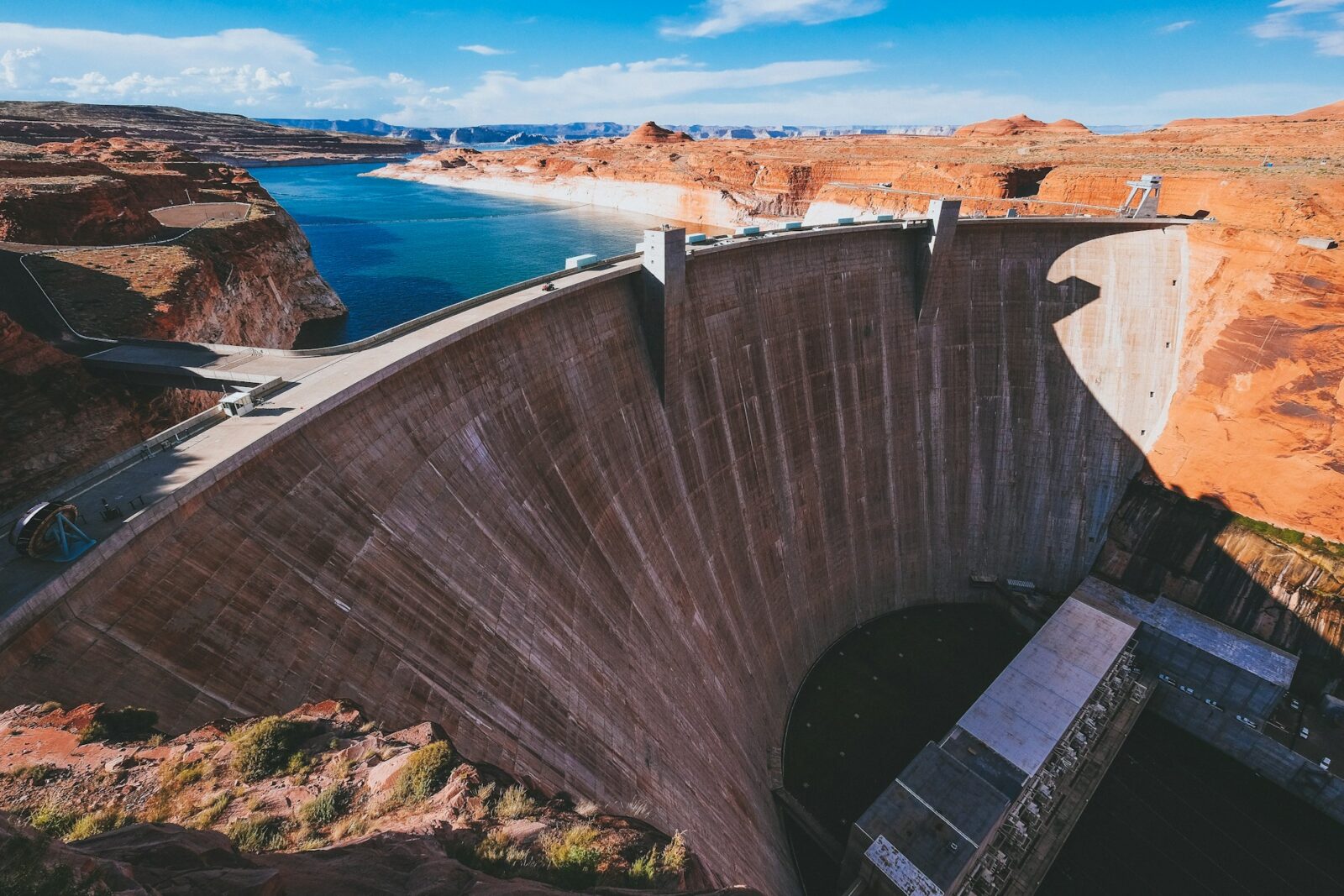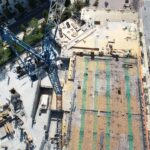Have you ever wondered how structures like bridges, deep-sea pipelines, or underwater tunnels are constructed?
These awe-inspiring endeavors require engineering ingenuity, advanced technology, and rigorous planning. Underwater construction—though fascinating—comes with its own set of considerations.
From unpredictable environments to specialized equipment, there’s no denying the complexity involved. This article will explore the key challenges faced in underwater construction and provide insight into the solutions professionals employ to overcome them.
Whether you’re curious to learn more about this intricate field or seeking actionable engineering insights, keep reading for a deep dive into these challenges and solutions.
Dealing with Murky Visibility
One of the biggest hurdles during underwater construction is visibility. The deeper you go, the less light penetrates, and sediment stirred up during construction can make conditions even worse. How do professionals tackle this issue?
Why Visibility Matters
Clear visibility is crucial for ensuring precision during construction operations, maintaining safety standards, and reducing errors.
Solutions for Poor Visibility
- High-Tech Lighting Systems
Advanced underwater lighting, including LED systems and floodlights, is used to illuminate the work area and counteract natural darkness.
- Sonar Technology
Sonar equipment provides real-time imaging, helping teams “see” through the murk using sound waves. Sonar is especially effective in zero-visibility scenarios.
- Remote-Operated Vehicles (ROVs)
Equipped with high-definition cameras, ROVs allow operators to monitor and guide construction activities remotely, bypassing reliance on human divers.
Tackling Water Pressure and Depth
The deeper underwater construction occurs, the higher the water pressure. This presents risks both to personnel and equipment. Additionally, the psychological effects of working in extreme depth cannot be overlooked.
Why Depth is a Concern
Pressure increases with depth and can damage equipment, impact structural materials, and pose serious risks to divers.
Overcoming Pressure-Related Challenges
- Pressurized Diving Suits
Highly advanced atmospheric pressure suits allow divers to operate at significant depths without succumbing to the physical effects of water pressure.
- Specialized Equipment
Machinery and tools used for underwater tasks are built to withstand immense pressures, ensuring reliability.
- Hyperbaric Chambers
On-site hyperbaric chambers ensure divers can safely adjust back to normal atmospheric pressure after working at great depths.
Ensuring Worker Safety
Underwater construction sites are inherently hazardous environments. The presence of strong currents, limited mobility, and potential equipment malfunction elevates the risk factor for workers.
Key Risks in Worker Safety
- Risk of entanglement in debris or equipment
- Limited access to air supply
- Currents dragging workers off course
Safety Solutions
- Thorough Training
All divers and workers undergo rigorous training in underwater construction techniques, emergency protocols, and hazard recognition.
- Surface-Supplied Air Systems
These systems provide an uninterrupted air supply to divers, ensuring they can operate safely for extended durations.
- Real-Time Communication Systems
Waterproof communication tools enhance collaboration between underwater workers and surface teams, allowing quick responses to unforeseen issues.
Navigating the Challenges of Structural Stability
Unlike land-based construction, underwater projects must contend with constant movement caused by tides, waves, and currents. This makes ensuring the structural stability of projects exceptionally difficult.
Factors Affecting Stability
Any movement in the foundation can compromise the entire structure, especially during the early phases of construction.
Ensuring Stability in Turbulent Waters
- Advanced Foundation Design
Foundations like caissons and cofferdams are engineered to anchor securely, providing stability during shifting water conditions.
- Load Testing
Before placing heavy structures underwater, load tests ensure that foundations can handle weight and movement.
- Anchoring Systems
Securing equipment and temporary installations with anchors minimizes disruptions.
Maintaining Material Integrity
Water is not kind to most building materials. Prolonged exposure can lead to corrosion, degradation, and reduced lifespan. Submerging materials adds another layer of complexity in selecting suitable components.
Why Material Selection Matters
Incorrect material choices can lead to delays, cost overruns, and structural failures that are expensive to repair.
Safeguards for Material Longevity
- Corrosion-Resistant Materials
Stainless steel, epoxy-coated reinforcements, and fiberglass are often chosen for their ability to resist underwater corrosion.
- Protective Coatings
Concrete structures are coated with special waterproof sealants to prevent water infiltration and degradation.
- Routine Inspections
Even after completion, most underwater structures undergo periodic inspections to check for material wear.
Managing Environmental Impact
Underwater construction can disrupt ecosystems, harm marine life, and alter water quality. Projects must balance engineering needs with eco-conscious practices.
Environmental Risks
From noise pollution to physical damage to coral reefs, the ecological consequences of underwater projects can be far-reaching.
Solutions for Eco-friendly Construction
- Monitoring Wildlife Movements
Many projects implement tracking systems to monitor and minimize disturbances to marine ecosystems.
- Using Sustainable Materials
Employing environmentally safe materials reduces the long-term impact on ecosystems.
- Regulated Construction Windows
Some projects only proceed during specific seasons or times to avoid disruption of critical ecological periods, like breeding seasons.
Building the Future Below the Surface
Underwater construction is undoubtedly one of the most challenging engineering feats in the world. From murky visibility to high water pressure, every aspect requires innovative thinking and cutting-edge technology.
Yet, these challenges haven’t stopped professionals from creating awe-inspiring structures like underwater tunnels, oil rigs, and floating bridges—all testaments to human ingenuity.
If you want to learn more about how these projects come to life or are curious about the future of underwater construction, explore our resources on your website.
For complex questions, reach out to industry experts who specialize in making these underwater visions a reality.














